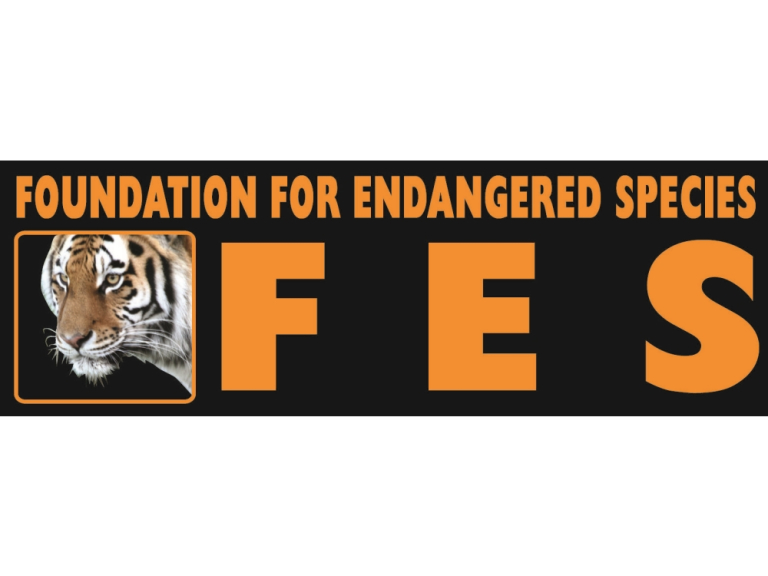
Christmas is a joyful time celebrating the birth of Jesus, of family gatherings, feasts, and presents. But for British wildlife it is the beginning of winter, cold and food shortages. Not only that, but worse is to follow in the New Year when freezing temperatures cause snow and ice, and when many animals suffer a forlorn death.
Survivors must be strong and innovative; they must compose new ways of obtaining a meal, as it could buy them time to get through a particularly bleak and hostile period. All food, especially protein satisfies an empty stomach and is transformed into body warmth and energy.
Many people who enjoy this festive holiday welcome a few days break from the incessant pressures of work, financial problems and social engagements that ‘need’ to be done as a matter of course. For these, wildlife gardening is not on the radar, as priorities lie in reacting to these issues before the industrial grind recommences.
The problem is really in our minds, as we fight to regain our true selves and reconnect with the natural world. Christmas is an opportune time to prepare for a New Year resolution when we can adopt a more responsive mind-set. One solution is to practice wildlife gardening. By engaging with local wildlife we will be doing them, and ourselves, great favours.
Kitchen scraps and uneaten foods will benefit all sorts of animals in the eco-systems hierarchy. Sometimes it will be the smallest ones such as bacteria and other microscopic creatures which break down the structure of these items. The next animals in the food chain are tiny insects which, in turn are prey for those above them, such as shrews, rodents and garden birds. At the top of the chain are foxes, sparrow-hawks and other hunting carnivores.
We will not enjoy all of these animals but every species is collectively important. If the base of the food chain is plentiful in winter, your garden has a much greater chance of being richer after the spring, when animals raise their next generation. If you don’t immediately witness larger animals, they will eventually appear, as nature itself will see to that.
These processes are important to me because I can daily reason this out as I choose to sustain non-human life. It is all about me and my responses to being alive. I often remind myself about this when I see a typical Christmas bird, the robin, or spot its tracks in the snow. Other garden birds can be enjoyed such as dunnocks, blackbirds, thrushes and the diminutive Jenny Wren.
Many householders are happy catching occasional glimpses of birds and mammals that they have successfully attracted to their garden. However, if this is insufficient, they can become more involved. By looking in more detail at birds’ markings and behaviour, regular ‘birders’ can daily monitor their garden throughout the seasons. They can take pains to notice differences, not only between the species, but of the individuals in the same species. For example, female blackbirds are brown, not black: the juvenile robin has a speckled breast, not red: and many fledglings have yellow gapes as they chirp next to their parents, furiously feeding them on bird tables.
Some birders can even take birding onto a more ornithological level, and become amateur scientists by participating in nationwide projects, such as Springwatch amongst many others. These skills may take time to mature, but it all begins in the back garden – however small or unimportant it appears. The real fight is in our determination to break free from our daily obsessions, however important they feel or seem.
This article was kindly donated by Andy Mydellton founder of the Foundation for Endangered Species.
If you would like to learn more about the foundation then click here.
The following Cookies are used on this Site. Users who allow all the Cookies will enjoy the best experience and all functionality on the Site will be available to you.
You can choose to disable any of the Cookies by un-ticking the box below but if you do so your experience with the Site is likely to be diminished.
In order to interact with this site.
To help us to measure how users interact with content and pages on the Site so we can make
things better.
To show content from Google Maps.
To show content from YouTube.
To show content from Vimeo.
To share content across multiple platforms.
To view and book events.
To show user avatars and twitter feeds.
To show content from TourMkr.
To interact with Facebook.
To show content from WalkInto.